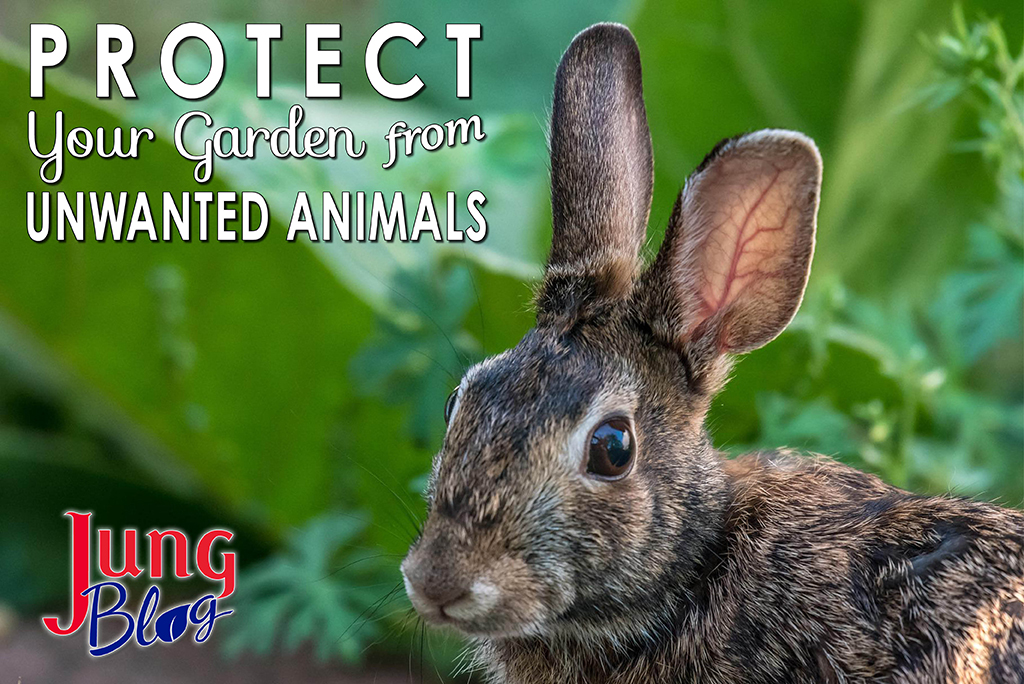
As a young man, I often visited my grandparent’s cabin in northern Wisconsin. The cabin had abundant wildlife, including a large herd of deer. While fun to observe, the deer would decimate the hostas in the landscape every year. After years of frustration, I replaced the hostas with plants deer prefer to avoid. You’ve probably experienced similar problems in your garden, whether you encounter deer, rabbits, or other types of animals. Animal pests can wreak havoc on plants, from veggies to trees. Fortunately, there are ways to minimize damage to the plants.
Deer
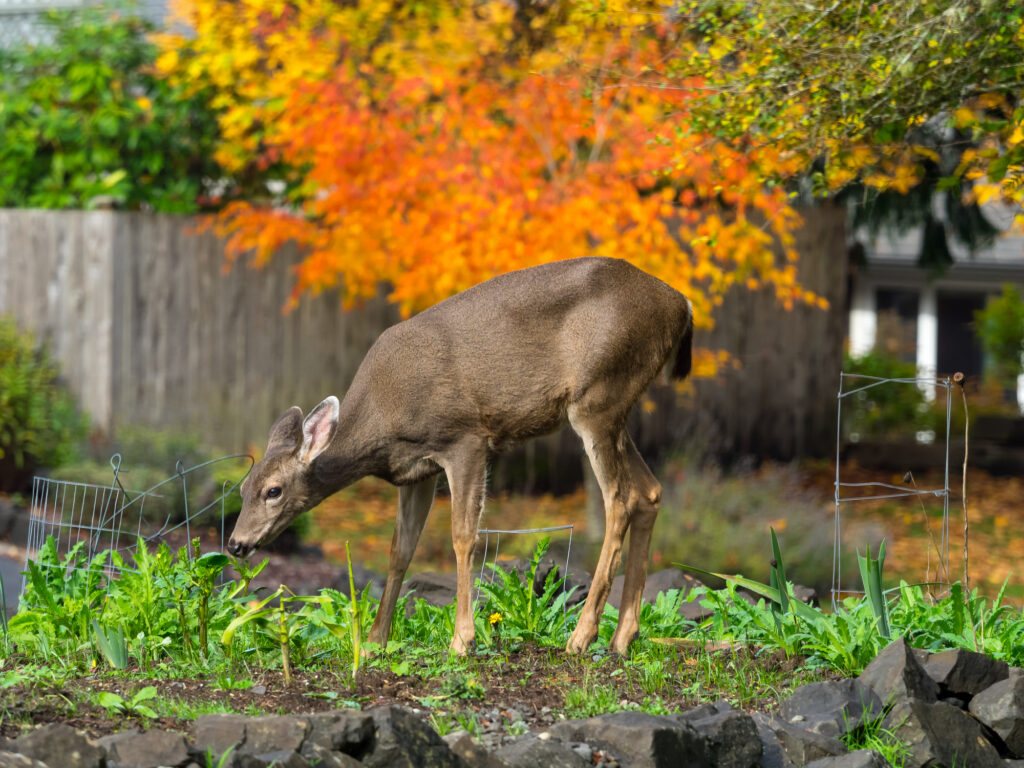
Deer may be the most damaging animal for plants. They eat edible and ornamental plant leaves during the growing season, often leaving nothing left. In fall, they rub their antlers against the stems of young trees, causing the tree to be damaged or killed. You can use several control methods to reduce the effect of deer in your garden.
Fencing is the most effective way to keep deer out. The fence you use will depend on your location and the plants you want to protect. Some gardeners will fence off small portions of their yard, while others may fence the larger areas. Various materials can be used for a fence, from lighter mesh to heavy-duty wiring. A heavy-duty fence is preferable, especially to protect trees and shrubs. Deer can jump up to eight feet in height, making it necessary to use a tall fence. Deer will normally avoid jumping higher than six feet unless they feel threatened. They also don’t like tight spaces, making it easier to protect plants near buildings and other structures.
Plant selection is key to minimizing deer problems. No plant is deer resistant, but deer have some preferences. Generally, deer avoid plants with fuzzy, rough, or fragrant leaves. For trees and shrubs, deer prefer to rub the bark of younger specimens, especially trees with smooth bark. You can use trunk guards to protect the stems of woody plants in fall and winter.
Geographic location impacts the types of plants deer eat in your local area. Talking to nearby gardeners can help you learn what plants deer prefer in your neighborhood.

Repellents minimize deer damage during the growing season. These products usually have strong scents that are repulsive to deer. Repellents work best when applied every couple of weeks, depending on the weather. As time goes on, deer become used to the smell of the repellent, making it beneficial for you to use a rotation of different repellents. You can also scare away the deer using a motion-activated sprinkler.
Rabbits
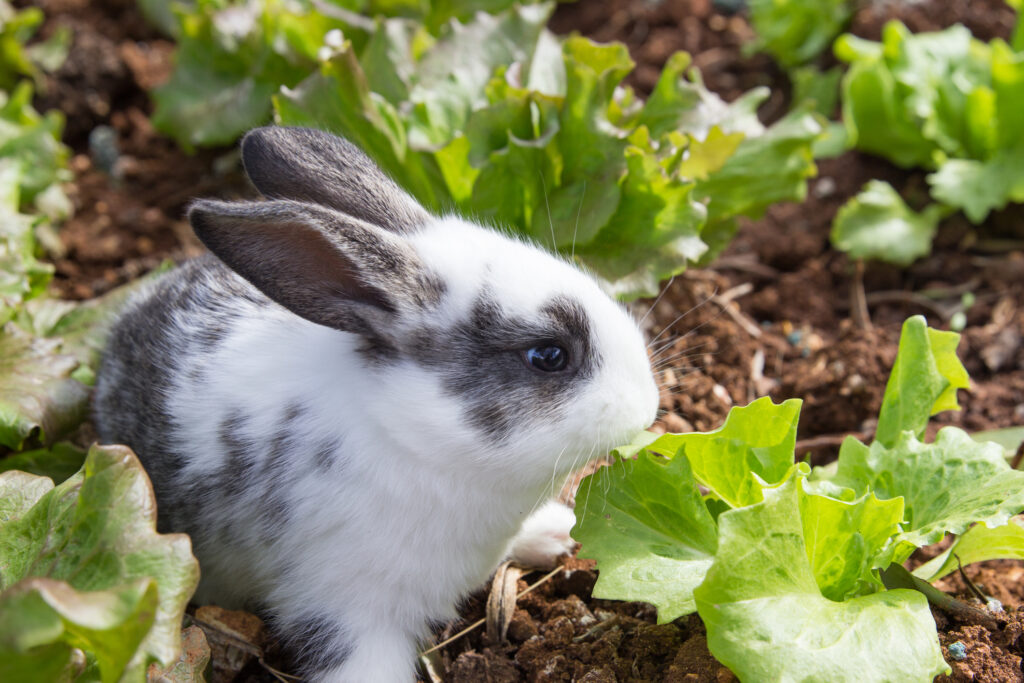
These furry creatures can be a real nuisance in the garden, as they attack ornamental and edible plants. They eat the juicy leaves of annuals and perennials in spring and summer. During winter, they consume the stems of small shrubs. Snow cover allows them to walk on top of the snow and reach branches. Rabbits will also gnaw on the trunk of woody plants, damaging or killing the plant. Young plants with smooth bark are more appetizing to rabbits versus older plants with more rigid bark.
You may have rabbits and deer in your yard, making it worthwhile to know the difference between rabbit damage and deer damage. Rabbits usually eat the older stems of woody plants, while deer prefer new growth. When eating stems, rabbits leave a clean-cut at a 45° angle. Deer will tear off branches and leaves, creating a shredded look on the plant. Unlike deer, rabbits will leave tooth marks on the stem. Rabbits can damage a browse a plant up to 3 ft off the ground, while deer browse at a greater height.
You can use several methods to deter rabbits. Installing a small chicken wire fence will keep the rabbits away from your plants. The fence should be 2-4 ft tall, with the bottom area of the fence being tight to the ground or buried a couple of inches into the ground. Using mesh wire in the lower part of the fence will keep out younger rabbits.
A trunk guard can prevent deer and rabbit damage to small trees.

The stench of repellents is an effective way to discourage rabbits. Like deer, rabbits become used to a single repellent, making a rotation of different repellents necessary.
If your rabbit problems are severe, consider growing more plants in containers. Containers are perfect for growing annuals, veggies, and even some perennials.
Rabbits’ preferences vary by location, making it essential to observe what they eat in your yard. Doing so will help you determine the size of your rabbit population and the potential damage they may cause.
Squirrels

Squirrels love to dig, causing damage to plants and headaches for gardeners. I often hear gardeners tell stories of newly planted bulbs being dug up in the fall immediately after planting them. You may live where squirrels are common yet experience no problems. At the same time, other gardeners near you may have numerous issues in their yards. Observing the squirrels in your yard will help determine what plants need protection.
A squirrel’s diet is variable, but plants, fruit, and bulbs are often on their list of favorite foods. Giving squirrels water sources may keep them from eating fruit on your plants. Some gardeners feed the squirrels to distract them from the plants, though this method may attract more squirrels.
If you’re having problems with squirrels digging up your bulbs, place a layer of mesh wire over them while planting. The wire will keep out the squirrels while allowing the bulbs to grow through the mesh. You can also use this method for container plants, as squirrels like to dig in pots. Fencing is adequate if the bottom of the fence is about a foot deep in the ground to prevent squirrels from digging under the fence.
Birds
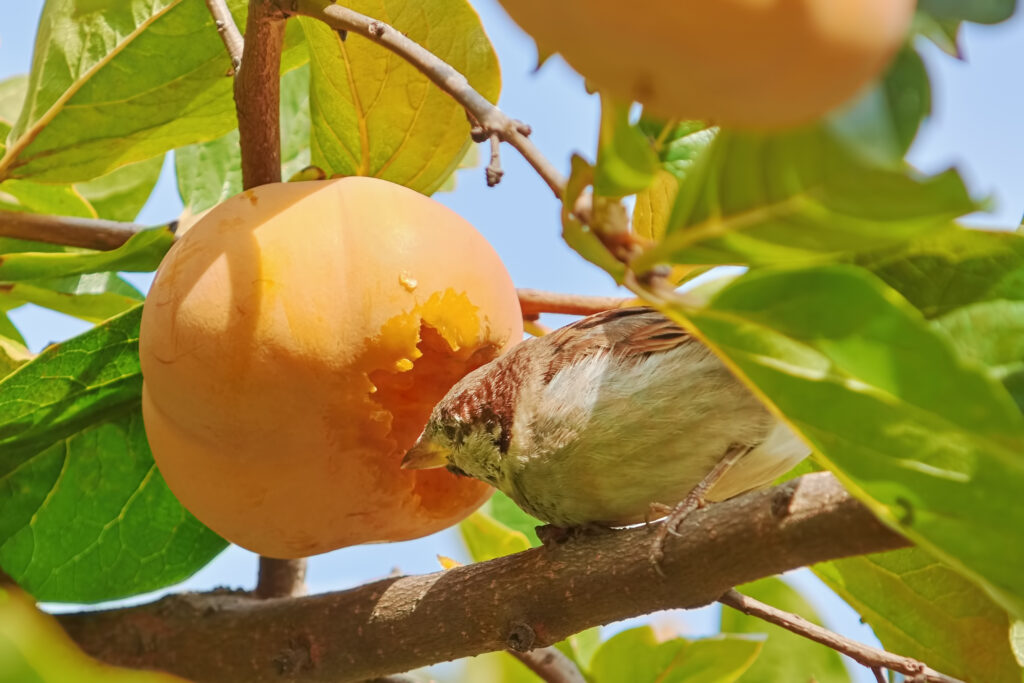
Gardeners often deal with birds eating their fruit. Installing a net over the plants after pollination will preserve your fruit and allow you to enjoy the harvest. Another standard method for keeping away birds is tying reflective tape on the branches close to the fruit.

Animal pests are frustrating, and managing them requires patience. Observing the wildlife in your yard will help you understand the protection needs in your garden, allowing you to limit future problems.
Other Recommended Reading
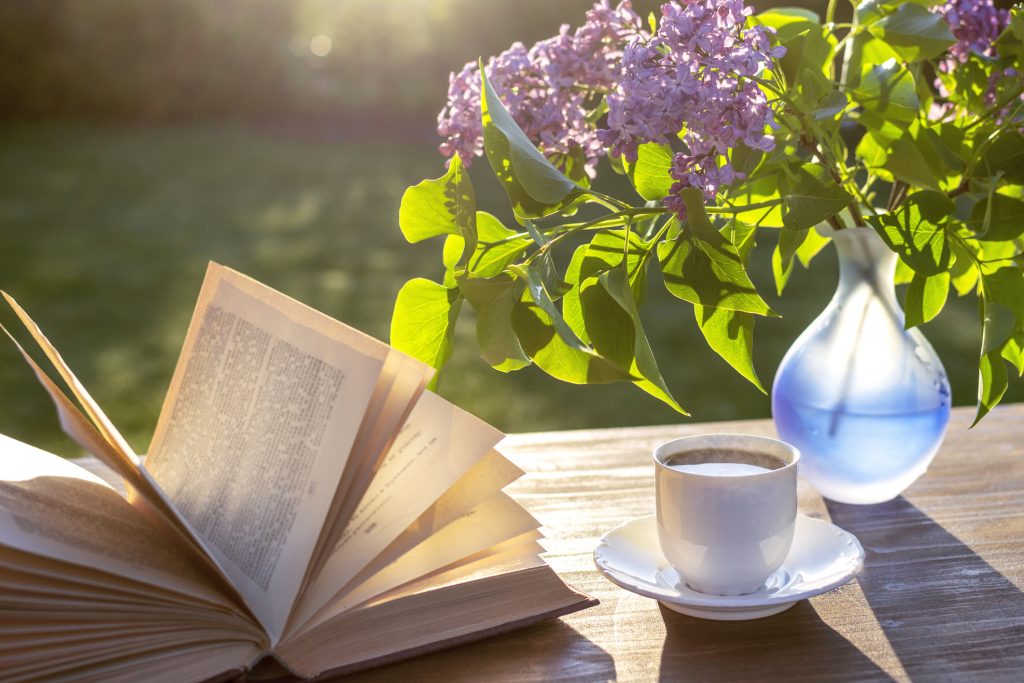
- Deer-Resistant Gardening Tips
- 6 Tips For Keeping Baby Copperheads Away From Your Garden
- Container Gardening For Beginners
At Jung Seed Co, we strive to be your go-to guide for all your gardening needs. Our YouTube channel Jung Garden Center now includes our new video series All Things Green where our experts provide gardening tips for all levels of gardeners. When you need reliable gardening advice, turn to the trusted experts at Jung.
View our new catalog online or browse our website for all of your gardening favorites. To receive info on new products, exclusive deals, and specials, be sure to sign up for our weekly email. Join our Facebook page, to discuss all things gardening!
About the Author: Matthew Olson is a professional horticulturist and garden writer. He has a bachelor’s degree in horticulture from UW-River Falls and is a certified professional with the Minnesota Nursery and Landscape Association. His enthusiasm for plants and the outdoors brought him to the green industry. He regularly writes articles about gardening for both gardeners and industry professionals. He can be reached at matt@mattolsonhorticulture.com